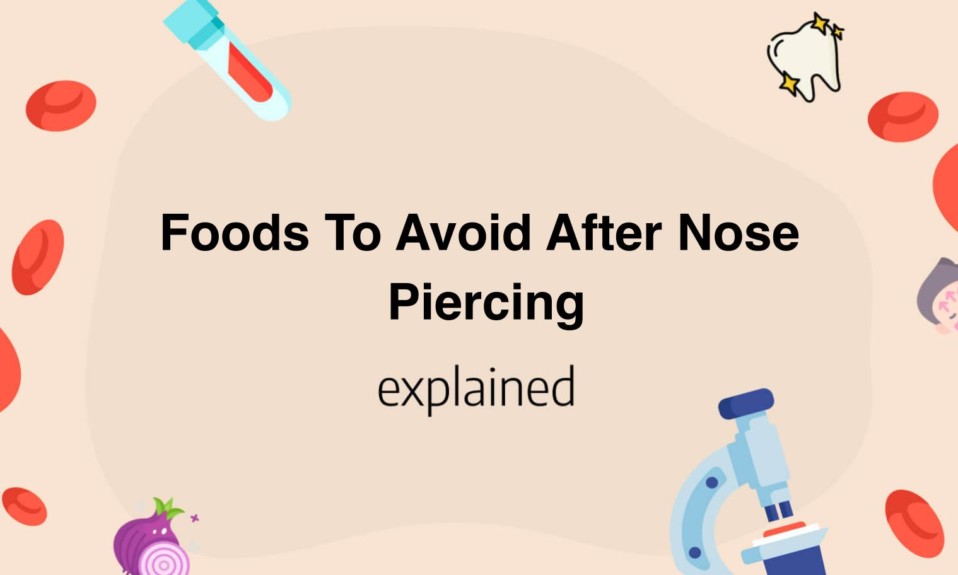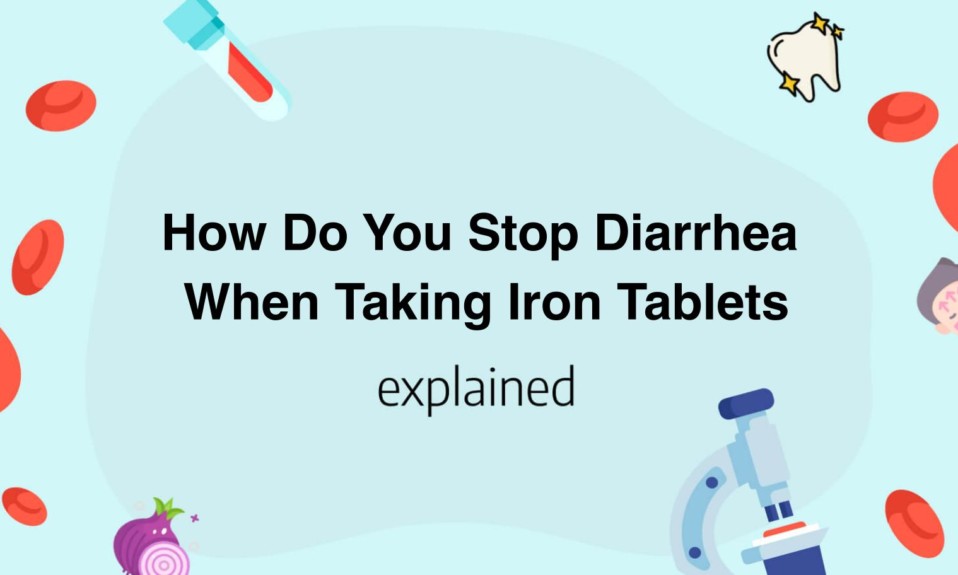Are you watching your calorie intake but still crave the bold and tangy taste of balsamic vinegar? The good news is that balsamic vinegar is a low-calorie condiment that packs a flavorful punch in your favorite dishes.
In fact, one tablespoon of balsamic vinegar contains only 14 calories .
So, next time you’re looking for a delicious and healthy addition to your meal, consider adding balsamic vinegar without worrying about the calories.
- Balsamic vinegar typically contains only a small number of calories.
- The exact amount of calories in balsamic vinegar can vary depending on the brand and serving size.
- A single tablespoon of balsamic vinegar may contain around 14 calories.
- Balsamic vinegar is often used as a healthier alternative to high-calorie dressings and condiments.
- Consumption of balsamic vinegar in moderation as part of a balanced diet likely does not significantly contribute to overall calorie intake.
How Many Calories In Balsamic Vinegar
Balsamic vinegar is a popular dressing that’s packed with flavors and adds a tangy tartness to salads, roasted vegetables, and meat dishes.
However, many people are concerned about its calorie content and wonder if it’s a healthy option for maintaining a calorie-conscious diet.
The truth is that the number of calories in balsamic vinegar varies depending on the brand and quality, but on average, two tablespoons of balsamic vinegar contain around 28 to 30 calories.
While this may not seem like a lot, keep in mind that the calories can add up quickly if you consume large amounts.
Additionally, some brands may add sugar or other sweeteners, which can increase the calorie count significantly.
Therefore, it’s important to read the label carefully and choose a brand that doesn’t contain added sugars or any other artificial flavorings.
If you’re using balsamic vinegar as a dressing, you can minimize the calorie intake by using it sparingly and opting for a lighter dressing.
One way to do this is to mix balsamic vinegar with olive oil and lemon juice.
The healthy unsaturated fats in olive oil help with satiety, keeping you fuller for longer, and making it easier to manage your weight.
Furthermore, balsamic vinegar contains antioxidants that help promote a healthy immune system and lower the risk of chronic diseases such as heart disease and cancer.
It’s also low in sodium, making it a great option for those watching their salt intake.
In conclusion, balsamic vinegar is a tasty and healthy option when consumed in moderation and a great addition to a balanced diet.
By choosing a brand with no added sugars and using it sparingly or mixed with other healthier ingredients, it can be incorporated into any diet, including those looking for weight management.
So add a splash of balsamic and enjoy the taste, knowing that it’s a healthy choice for your body!
The Benefits Of Balsamic Vinegar On Your Health
Balsamic vinegar has been used for centuries in Italian cuisine to add flavor to dishes.
However, not many people are aware of the numerous health benefits associated with balsamic vinegar.
For one, balsamic vinegar is a great source of antioxidants, which prevent cell damage and boost the immune system.
It also contains polyphenols, which have been shown to have anti-inflammatory properties and are beneficial for heart health.
Additionally, balsamic vinegar is low in calories and sugar, making it a healthy alternative to other sweeteners like honey or sugar.
It also has a low glycemic index, which means it doesn’t cause a spike in blood sugar levels, making it a suitable ingredient for people with diabetes.
Consuming balsamic vinegar regularly has also been linked to improved digestive health.
The vinegar’s acetic acid content helps increase the body’s absorption of important minerals like calcium, iron, and magnesium, which all play a crucial role in maintaining good digestive health.
Drinking a small amount of balsamic vinegar before meals has also been recommended as a way to reduce bloating and improve digestion.
Lastly, the vinegar’s versatility makes it a great ingredient in various dishes.
It can be used as a salad dressing, marinade, or even as a dessert topping.
It can also be used to reduce the amount of oil or salt used in a dish, making it a great option for people trying to cut down on unhealthy fats and sodium.
Overall, balsamic vinegar is a healthy and delicious ingredient that should be included in everyone’s diet.
Its numerous health benefits, along with its versatility in cooking, make it a great addition to any dish.
So if you’re looking to add more flavor and nutrition to your meals, give balsamic vinegar a try!
How Reducing Caloric Intake Can Improve Your Health
Reducing caloric intake is a powerful way to improve your health.
Consuming too many calories can lead to weight gain, obesity, and the development of many chronic diseases.
By reducing your caloric intake, you can reduce your risk of these negative health outcomes.
One way to do this is by choosing low-calorie foods that are still tasty and satisfying.
Vegetables, fruits, lean proteins, and whole grains are all great options that can help you feel full while consuming fewer calories.
Another strategy is to practice portion control.
Learning to recognize appropriate serving sizes and sticking to them can help you maintain a healthy weight and improve your overall health.
In addition to weight management, reducing your caloric intake can also have many other health benefits.
Studies have shown that calorie restriction can help improve blood sugar control, lower blood pressure, and reduce the risk of heart disease and stroke.
These benefits are due in part to the fact that reducing caloric intake can help you maintain a healthy weight, but also because it can improve the function of many different organs and systems in the body.
It’s important to note that reducing your caloric intake doesn’t necessarily mean that you have to give up your favorite foods entirely.
Many people find success by incorporating small changes into their diet over time.
For example, you might try swapping out high-calorie drinks for water, or using smaller plates to help control your portion sizes.
Additionally, it’s important to remember that individual calorie needs can vary depending on factors like age, gender, and activity level.
Consulting with a registered dietitian or healthcare provider can help you determine an appropriate caloric intake for your individual needs.
Overall, reducing your caloric intake can be an effective way to improve your health and reduce your risk of chronic disease.
By making small changes to your diet and practicing portion control, you can maintain a healthy weight and support the function of many different organs and systems in the body.

What Is Balsamic Vinegar And Its Nutritional Value?
Balsamic vinegar is a condiment that originated in Italy and has been around for centuries.
It is made from grapes – typically Trebbiano grapes, which are harvested and pressed to create juice.
The juice is then slowly cooked over a low flame until it has reduced by at least half to create a thick, syrup-like texture.
After the initial cooking process, the vinegar is placed in barrels to age and create its unique flavor.
Balsamic vinegar is known for its sweet and tangy taste, making it a popular ingredient in many different dishes.
In terms of nutrition, balsamic vinegar is a low-calorie option that is packed with flavor.
It is rich in antioxidants, which can help to protect the body against disease and inflammation.
A serving of balsamic vinegar typically contains no fat, protein, or carbohydrates, but it does contain small amounts of vitamins and minerals such as potassium, iron, and calcium.
One of the key benefits of balsamic vinegar is its ability to add flavor to dishes without the need for added salt or sugar.
This makes it an excellent option for those looking to reduce their sodium or sugar intake but still want to enjoy their food.
It can be used as a dressing for salads, as a marinade for meat, or as a flavoring for sauces and gravies.
When buying balsamic vinegar, it is important to look for high-quality options that have been aged for a minimum of 12 years.
The longer the vinegar has been aged, the more complex and robust its flavor will be.
While there are many inexpensive options on the market, these often contain added sugars and artificial colors, so it is important to read the label carefully.
In conclusion, balsamic vinegar is a delicious and low-calorie condiment that can add flavor to a wide range of dishes.
It is a great source of antioxidants and can also help to reduce the need for added salt and sugar in cooking.
When buying balsamic vinegar, it is important to opt for high-quality options that have been aged for a minimum of 12 years to ensure the best flavor and nutritional value.
Read also: What Foods to Avoid While Taking Vancomycin
How To Choose The Best Balsamic Vinegar For Your Health
When choosing the best balsamic vinegar for your health, it is important to know what to look for.
Firstly, always check the label to make sure that the ingredients are all-natural and do not contain any added sugars or artificial flavors.
Secondly, look for balsamic vinegar that has been aged for a minimum of 12 years.
This is because the longer the vinegar has been aged, the richer and more complex the flavor profile becomes, making it a more desirable option.
Authentic Modena balsamic vinegar is always a good choice as it is made from high-quality grapes and follows a strict aging process.
Additionally, if you prefer organic products, make sure to choose a balsamic vinegar that is labeled as such to ensure that it is free of pesticides and other harmful chemicals.
Another important aspect to consider is the acidity level.
While balsamic vinegar is known to have a tart taste, it should not be overly acidic.
A good balsamic vinegar should have a pH level between 4 and 5, anything below this range can lead to a sour tasting vinegar that could cause digestive problems.
When in doubt, try a few different brands and types of balsamic vinegars, read reviews and ask for recommendations from friends or family.
Finally, keep in mind that a little goes a long way.
Balsamic vinegar is best used as a condiment or finishing touch to dishes rather than as a main ingredient.
It pairs well with salads, vegetables, fruits, meats, and even desserts.
For example, to make a simple vinaigrette dressing with balsamic vinegar, mix one part vinegar with three parts olive oil, add a pinch of salt and pepper, and shake or mix well.
It’s a tasty and healthy addition to any salad and makes a great alternative to store-bought dressings that can be high in calories, sugar, and preservatives.
Remember that choosing the best balsamic vinegar for your health should be a fun and enjoyable process that ultimately leads to tasty and healthy meals.
You’ll also like: Foods to Avoid While Taking Amox Clav
Ways Balsamic Vinegar Can Help Manage Blood Sugar Levels
Balsamic vinegar is a type of vinegar made by fermenting grapes.
It has a sweet and tangy taste, making it a popular ingredient in many dishes.
Studies have shown that balsamic vinegar can be beneficial for managing blood sugar levels.
One of the main reasons for this benefit is that balsamic vinegar has a low glycemic index, meaning it won’t cause a spike in blood sugar levels after consumption.
Additionally, balsamic vinegar contains acetic acid, which can improve insulin sensitivity, making it easier for the body to use insulin to regulate blood sugar levels.
Another way balsamic vinegar can help manage blood sugar levels is by reducing the amount of carbs you consume.
Many high-carb foods such as pasta, rice, and potatoes have a high glycemic index and can cause a spike in blood sugar levels.
Adding balsamic vinegar to these foods can help lower their glycemic index, making them less likely to cause a spike in blood sugar levels.
Furthermore, balsamic vinegar contains antioxidants that can help protect against cellular damage caused by high blood sugar levels.
These antioxidants can also help reduce inflammation in the body, which is often associated with high blood sugar levels.
Some ways to incorporate balsamic vinegar into your diet include using it as a salad dressing, drizzling it over roasted vegetables, or adding it to marinades for meats or tofu.
Just be sure to check the ingredient label when purchasing balsamic vinegar, as some brands may contain added sugars or caramel coloring, which can negate the potential health benefits.
In conclusion, balsamic vinegar can be a beneficial addition to a blood sugar management plan.
Its low glycemic index, acetic acid content, and antioxidant properties make it a good choice for those looking to regulate their blood sugar levels.
By incorporating balsamic vinegar into your diet, you may be able to reduce the risk of developing diabetes or other blood sugar-related health conditions.
You’ll also like:









